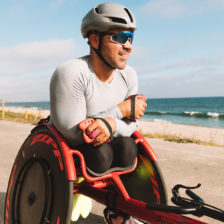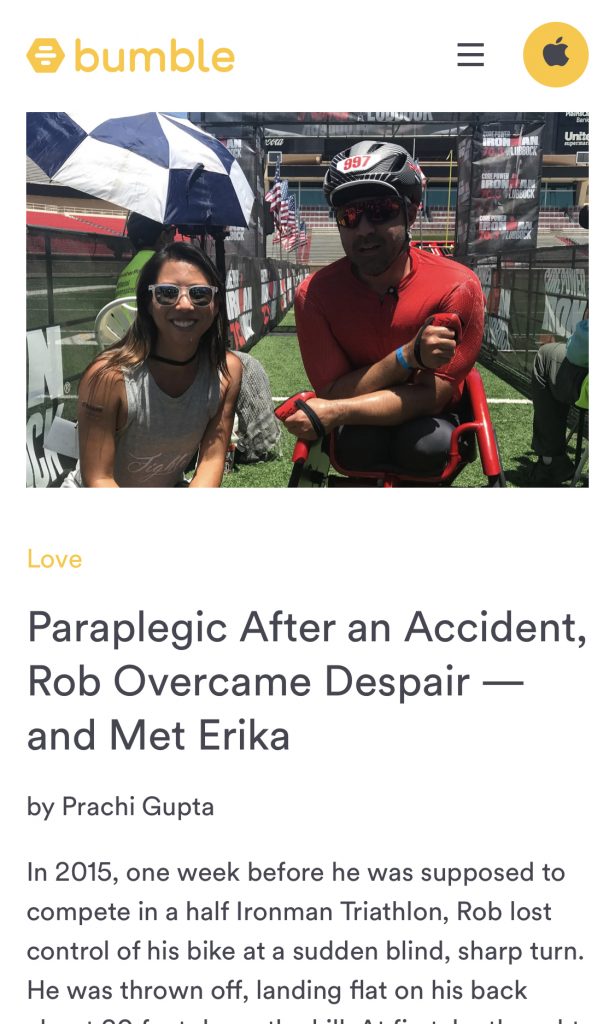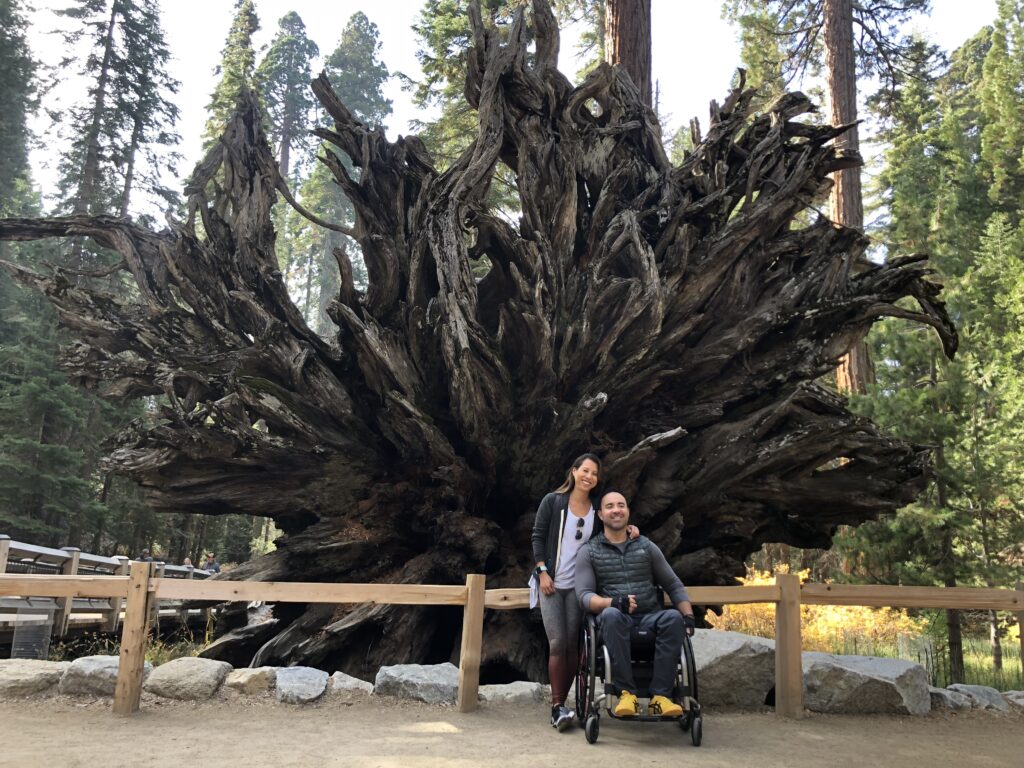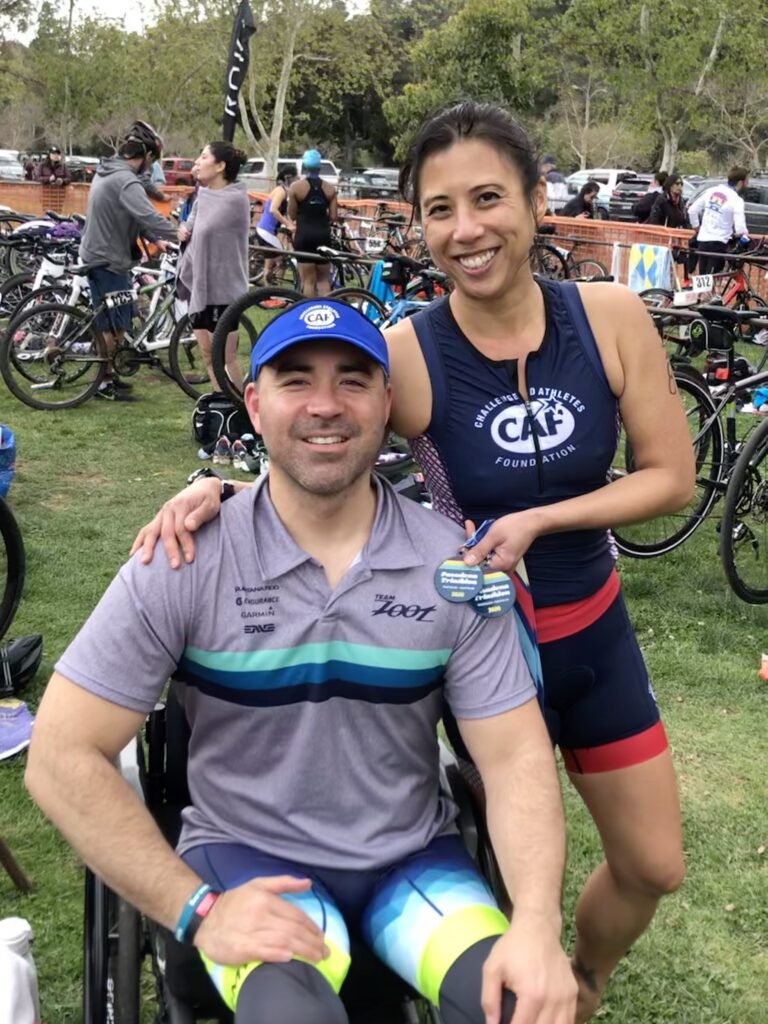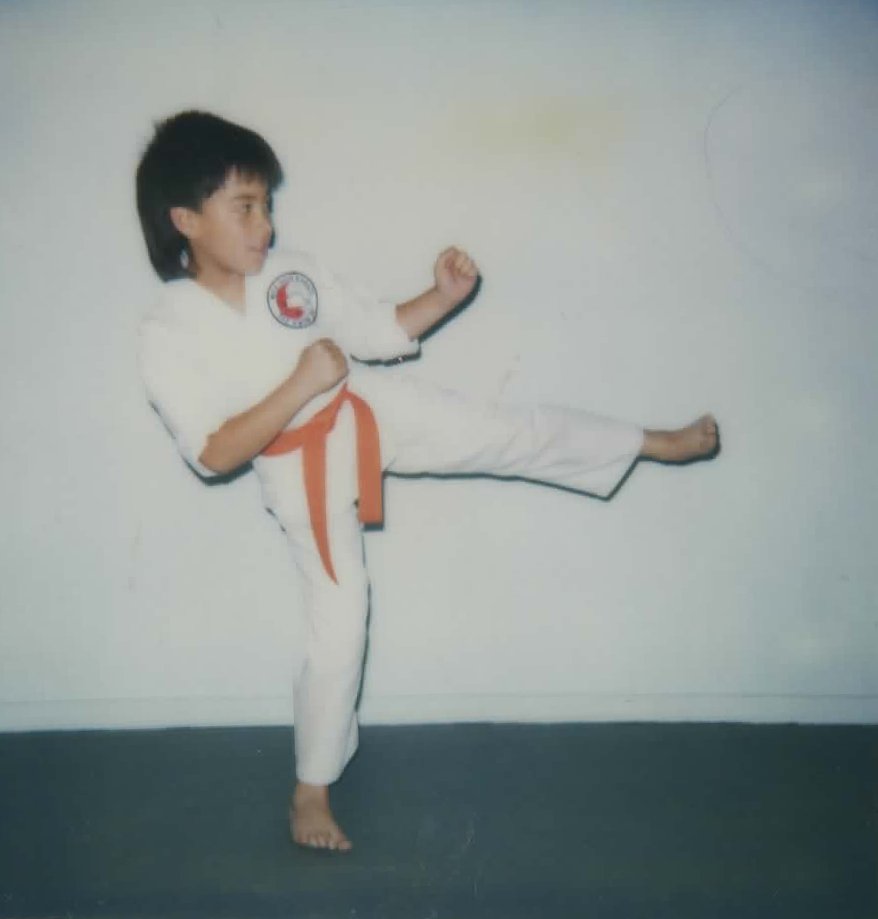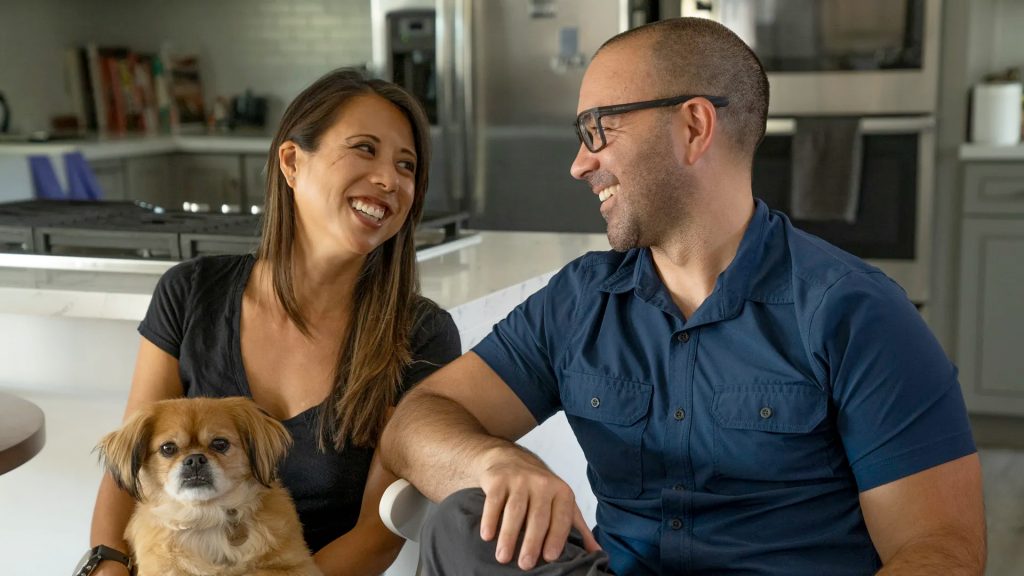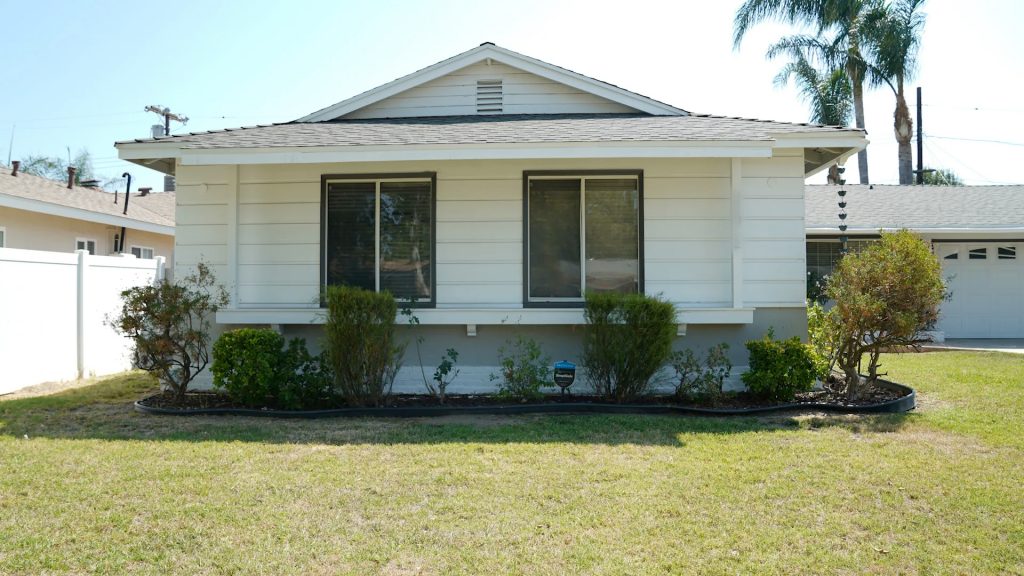Professional Paraplegic athlete Rob Balucas talks about his accident and the extraordinary experience he endured after that. Rob shares tips and tricks for others who endure life struggles. He speaks about the power of not only working out our muscles, but working out our minds, tips for motivation, how to conquer self-doubt, the importance of movement, overcoming injuries, THE BEST mental health tips, and tells us how interesting his workouts are now. Rob has many exciting stories for us within this video!
More at Mind’s n’ Motion YouTube channel!
